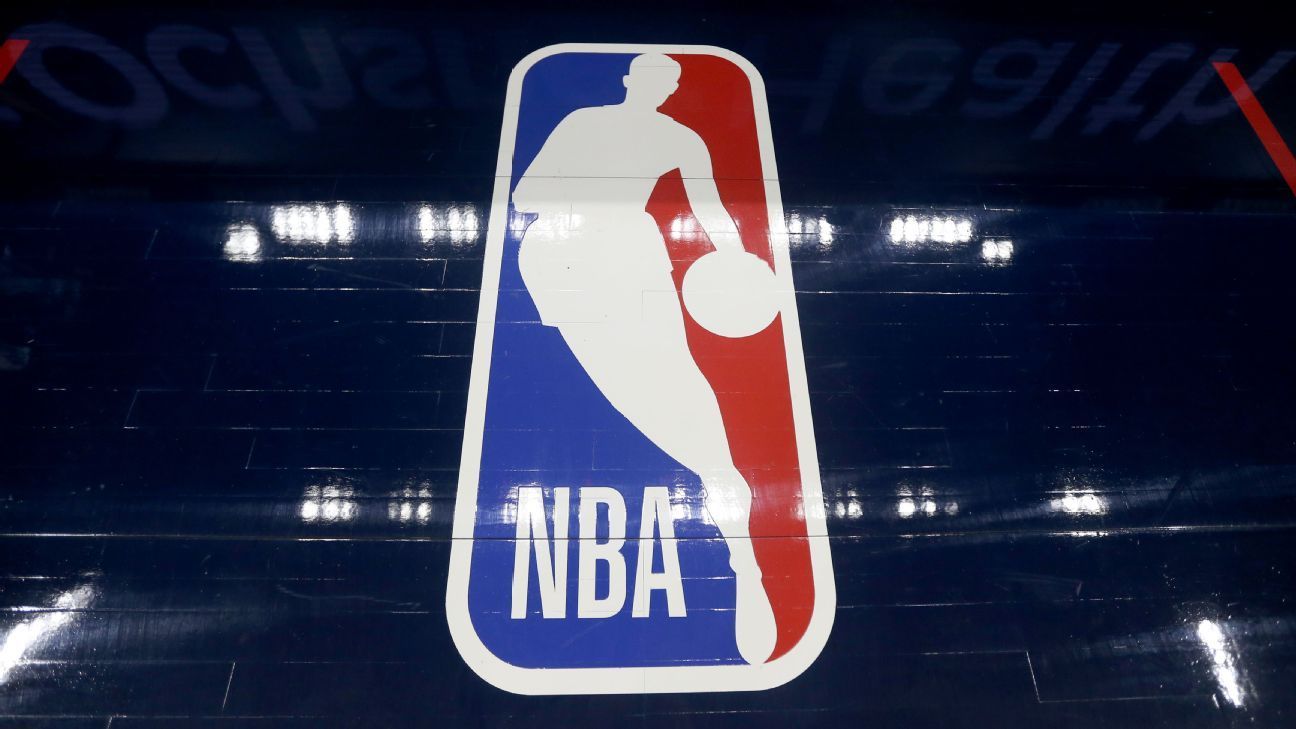The NBA released an analytical report to teams and select members of the media this week that said there is no correlation between player load management and reduced injury risk.
The report, the latest step in what has been a long debate over the concept of load management, comes after Joe Dumars, the NBA's executive vice president of basketball operations, said in October that there is no correlation between the two. Commissioner Adam Silver endorsed Dumars at a news conference last month.
Dr. Christina Mack, head of epidemiology and clinical evidence for injury surveillance and analysis at IQVIA, which produced the report, was careful to note that the report also does not say that load management doesn't work.
“We're not saying it's better or worse,” Mack said.
The 57-page report was sent to NBA teams at the behest of the NBA's competition committee, led by senior vice president of player affairs Dave Weiss. His intention was to see if there was any relationship between:
• frequency of participation in games and injuries
• calendar density and injuries
• participation and accumulated injuries in the NBA
The report concluded not.
“The results of these analyzes do not suggest that missing games to rest or manage load, or having longer breaks between game participation, further reduces injury risk during the season,” the report said, in bold, in your summary.
“Furthermore, injury rates were not found to be higher during or immediately after periods of a dense schedule.”
The report says that remains true even when things like the player's age, minutes played and injury history are taken into account.
The report based its findings on a 10-year sample, from the 2013-14 season to 2022-23, using league-wide data and focusing on a group of 150 “entry-level players” each season. Those players were All-Stars from the last three seasons, the top 10 picks in that season's draft, and the remaining players with the most minutes played in the previous season who do not fit into either of the two groups above.
The report also focused on players who missed a single game, rather than multiple games in a row, and broke it down into players sitting specifically to rest, as well as games in which a player missed time due to rest or injury.
Although the report said there were a variety of factors that limited the scope of the findings (the inability to examine trends outside the 10-year data window and the different ways individual teams handle this issue), it repeatedly emphasized that no There was no correlation between load management and ensuring players are on the court more regularly.
While single-game absences for entry-level players have skyrocketed over the past decade (from a combined 169 among entry-level players in 2014-15 to 380 in 2022-23), the number of in-season injuries regular among entry-level players It also reached a season high of 10 last season.
At the beginning of the report, he explained why it was commissioned this summer: the ongoing discussion about star players missing games.
In the 1980s, star players (a group defined by the report as players who were selected to the All-Star Game or NBA in the current or previous two seasons) missed an average of 10.4 games per season. , a figure that was 10.6 games in the 1990s.
But that number jumped from 13.9 games in the 2000s to 17.5 games in the 2010s and 23.9 games in this decade.
Weiss, when asked if that dramatic increase in missed games over the past 20 years could be attributed to load management, said much of it was due to injuries, but that players' single-game absences had increased approximately five times during that period.
“Clearly, that's happening more than just the injury rate,” Weiss said.
The report's findings, which state that controlling players' load does not definitively lead to them being healthier, were in line with what Dumars said in October.
At last month's seasonal tournament, Silver reiterated the stance that there is no data-based evidence that the load management concept keeps players healthy. He called the scientific and medical data “mixed.”
“The thing is, I think the fundamental issue behind load management is not so much that there's a drop in performance when you're tired and fatigued,” he said. “The question is: Does that cause more injuries?”
This is in direct contrast to Silver's comments last February, when he said, “I think the suggestion that these guys, in the case of the NBA, should somehow be out there more on their own, I don't buy.” in.”
Weiss said the change in tone was a function of the league deciding the data needed to be studied.
“We accepted that conventional wisdom and some of the information that teams had shared with us for years, which included some data, but never as strong as what we've shared now,” Weiss said. “And there came a point where we said, 'You know, we've been looking at this for years and we're not seeing this effect, so we think we need to be more formal and structured in terms of how we're looking at this and sharing it with the teams. ' And that's really what led to this.”












